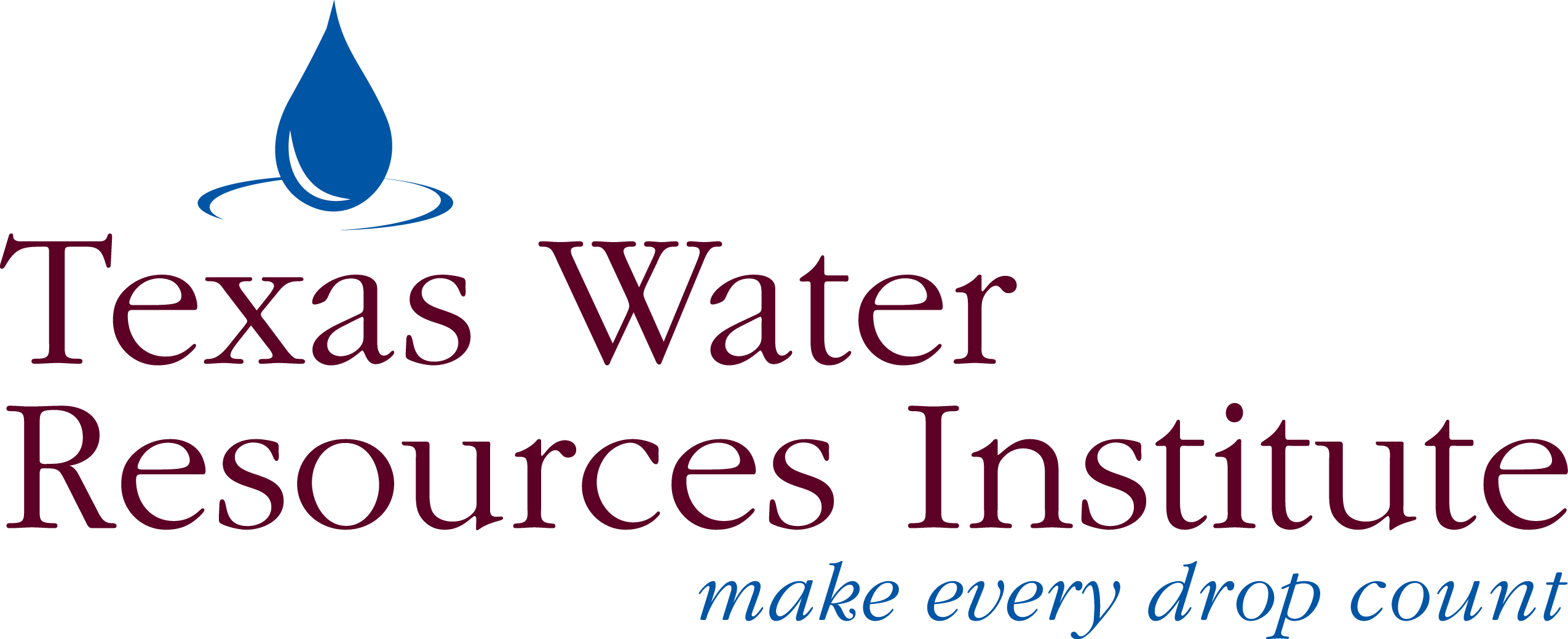TR-556 Texas Bacterial Source Tracking Program (FY23-FY24)
Authors: Lucas F. Gregory, Amanda Tague, Jialin Hu, Terry J. Gentry, Brian Hux, Anna Gitter, Carlos Monserrat, Valeria Ruvalcaba, Ryan Bare, Chad Kinsfather, Michael Wetz, Athena Frasca, and Debalina Sengupta
The 2022 Texas Integrated Report of Surface Water Quality identified 358 waterbodies as being impaired due to excessive bacteria in Texas. To identify bacterial sources and help address these impairments, Texas established the Bacterial Source Tracking (BST) Program in 2006. To support the maintenance, expansion, and use of the Texas BST Library and other BST tools, the Texas Water Resources Institute, University of Texas Health Science Center at Houston School of Public Health in El Paso, Environmental Microbiology Laboratory, and the Texas A&M AgriLife Research, Department of Soil and Crop Sciences collaborated with the Texas State Soil and Water Conservation Board in fiscal years 2023 and 2024 to: continue personnel support and operation and maintenance of analytical infrastructure at public BST laboratories; continue delivery of information and materials that give an overview of BST activities in Texas to date and describe the use, capabilities, and applicability of BST and the services provided by the State-supported analytical labs to local, state, and national stakeholder audiences; expand the Texas Escherichia coli (E. coli) BST Library through known source sample collection in the Lavaca River watershed; support BST efforts throughout Texas; evaluate potential for a host-associated molecular marker for bats; evaluate a next generation sequencing (NGS) approach for BST and pathogen characterization, statistically evaluate and analyze metagenomics findings; review NGS findings with measured E. coli concentrations at sampling sites; compare findings of NGS BST and pathogen characterization and its effectiveness for informing future watershed management; provide statistical characterization of the Texas E. coli BST Library and integration of BST results and quantitative microbial risk assessment to evaluate the human health significance; initiate watershed protection plan implementation efforts in Petronila and San Fernando Creek watersheds through watershed coordinator support and engagement activity; and assessment and discussion of NGS for watershed management.
.
